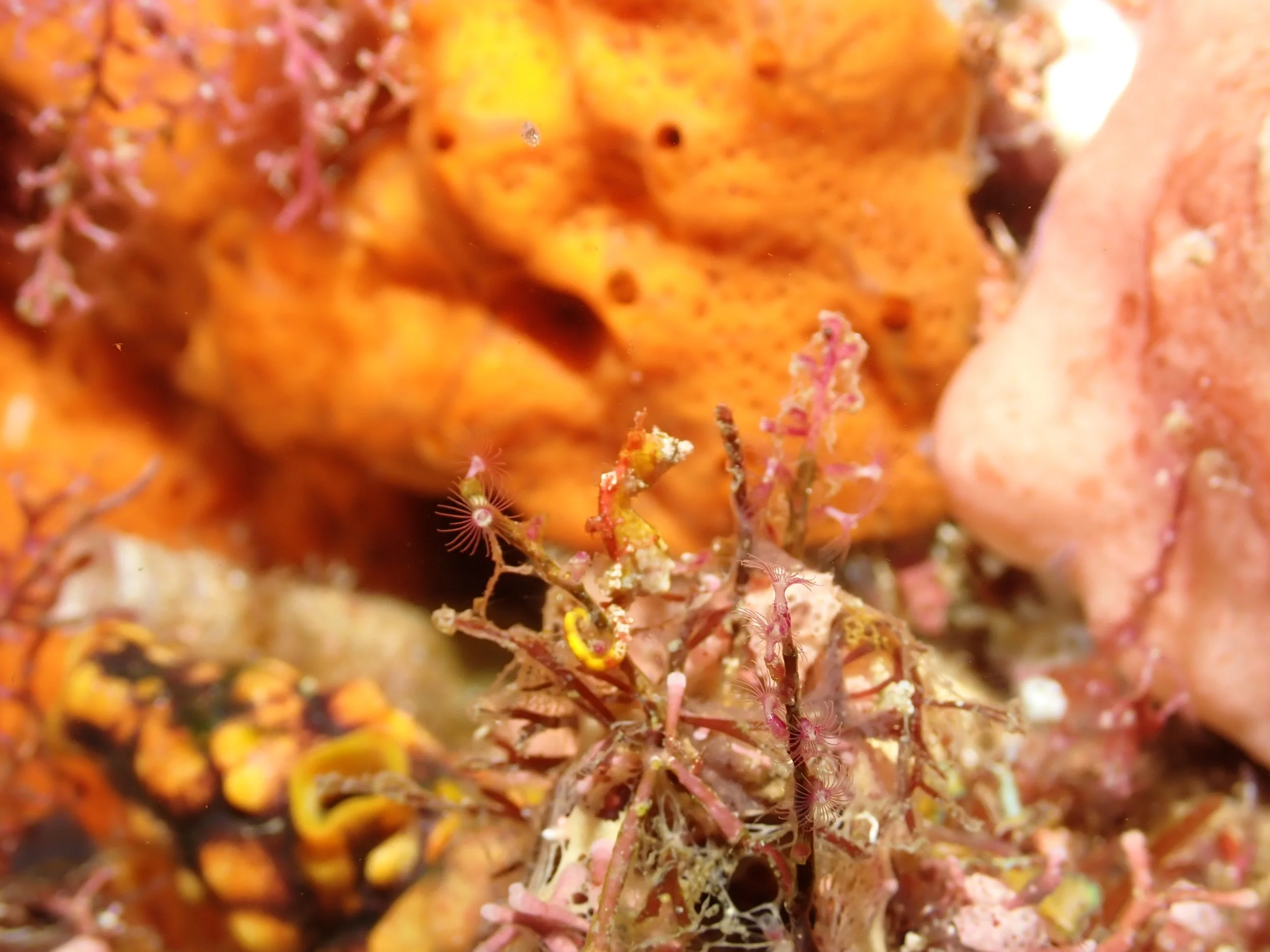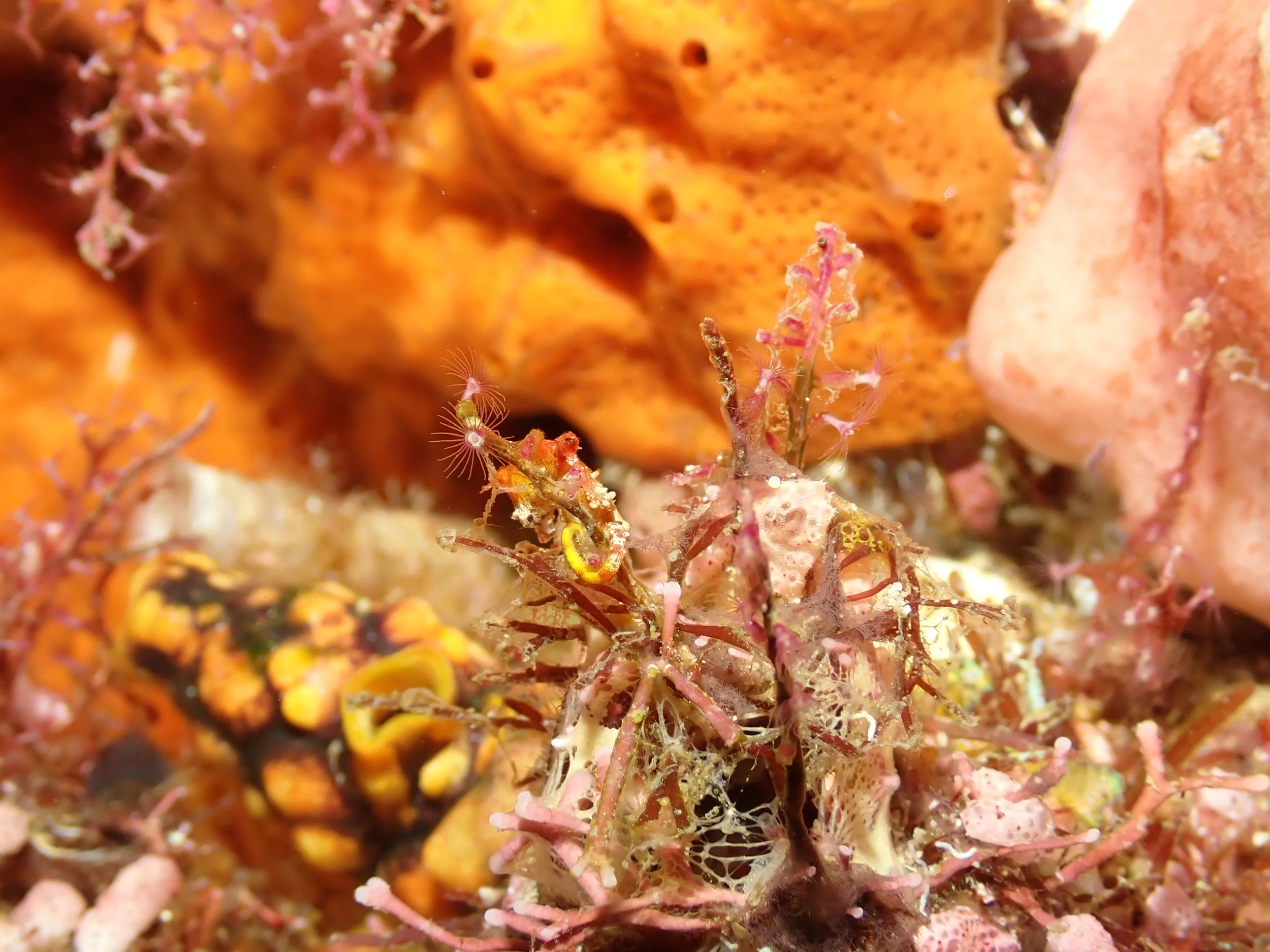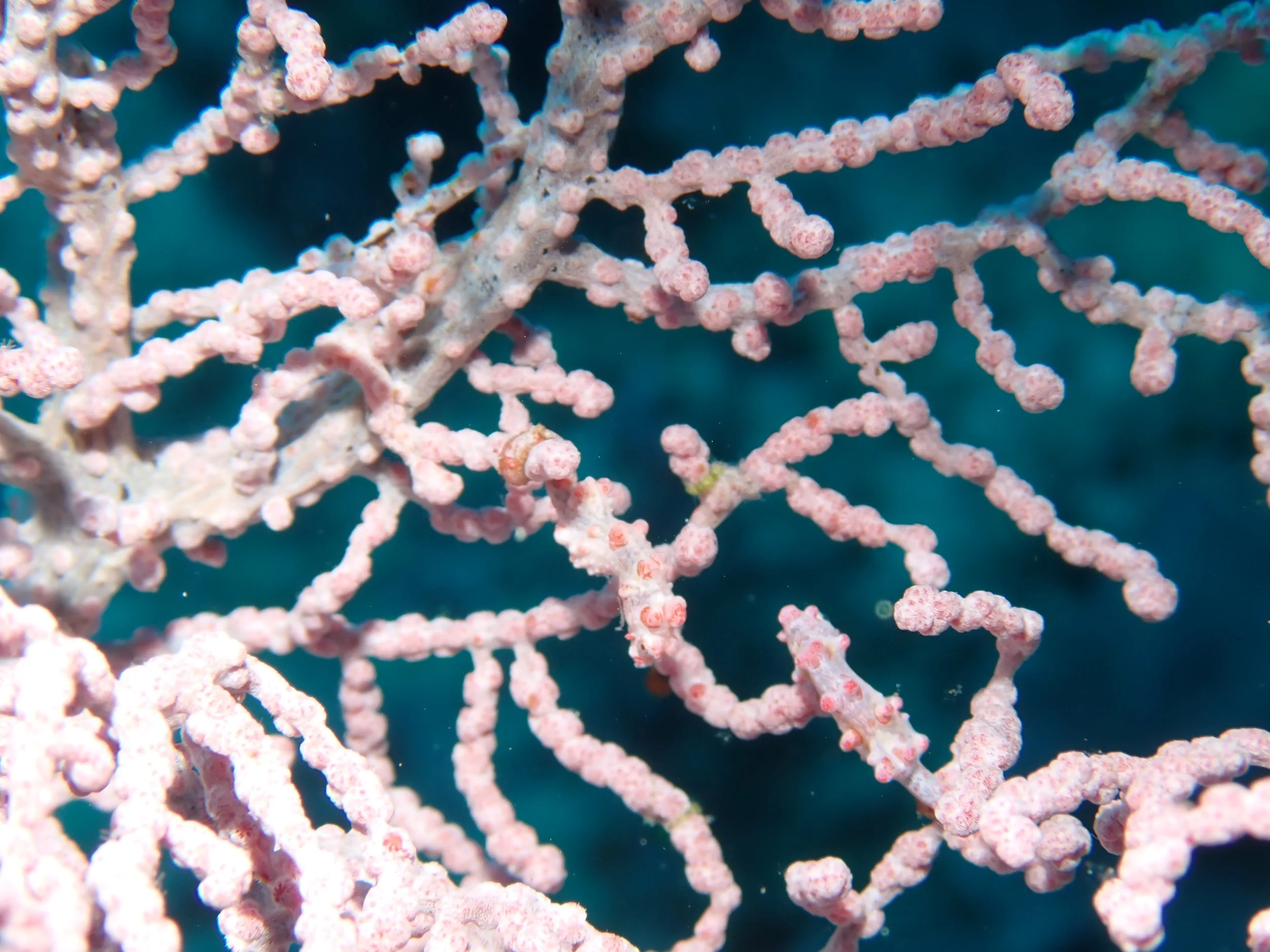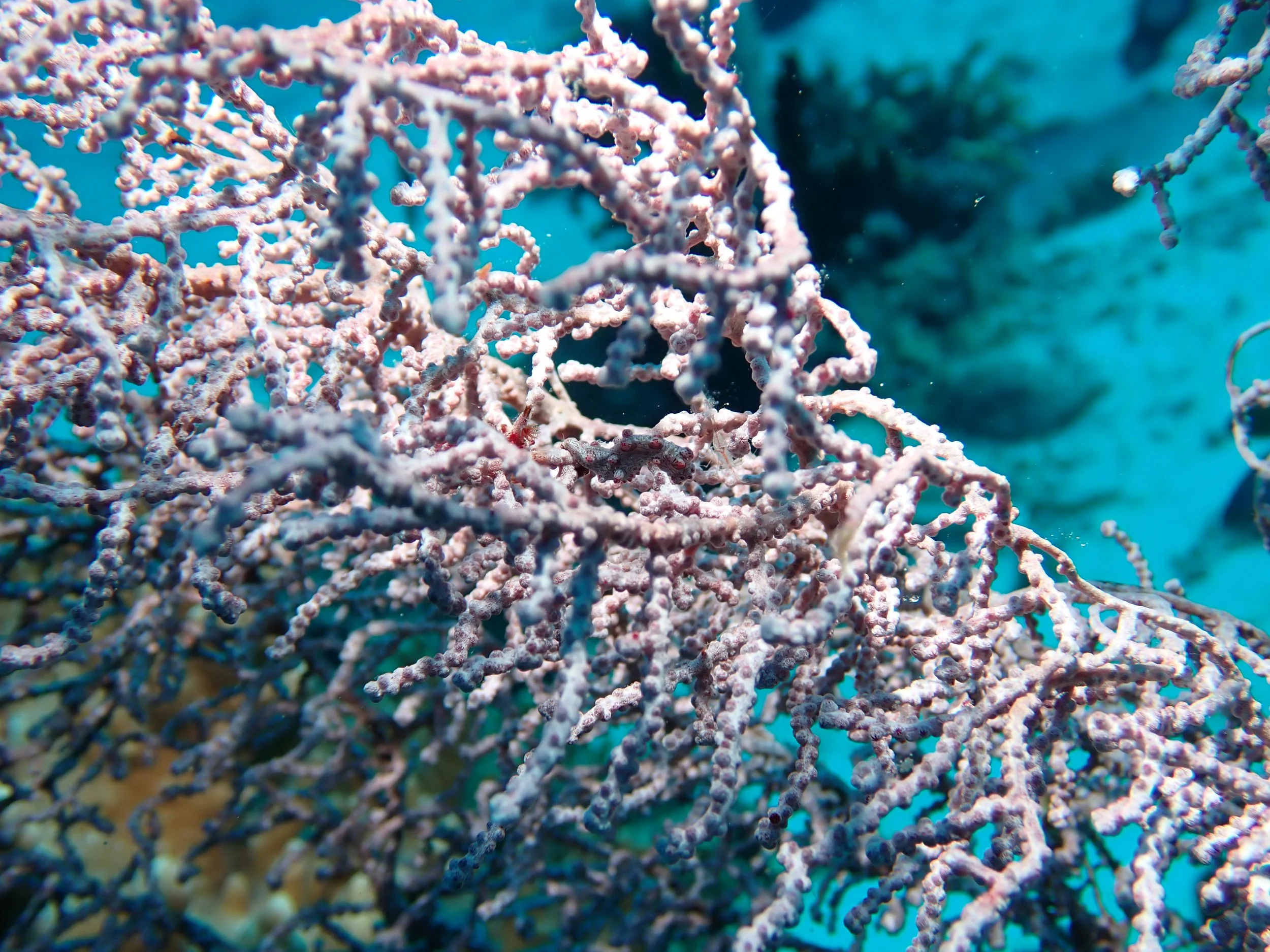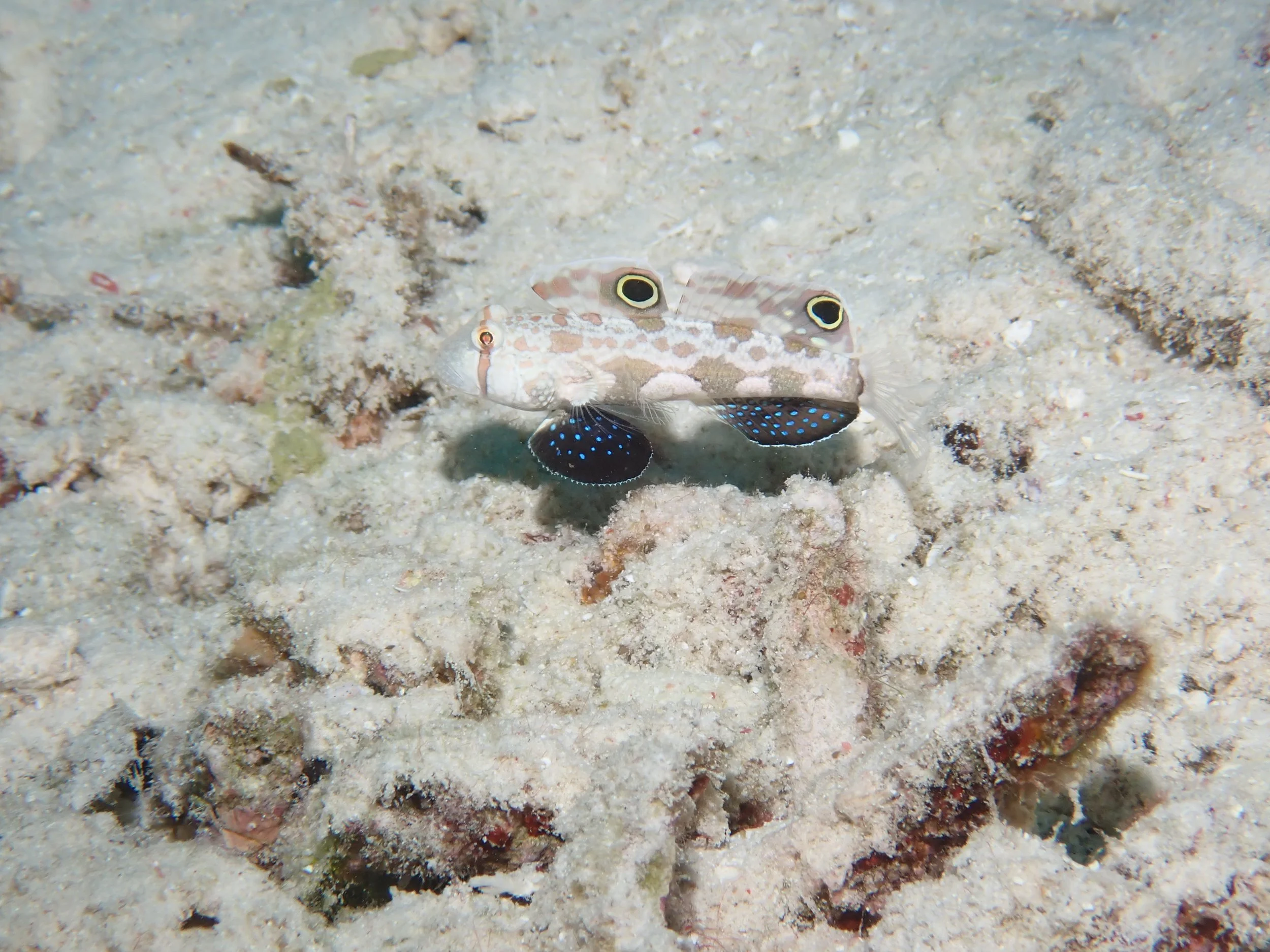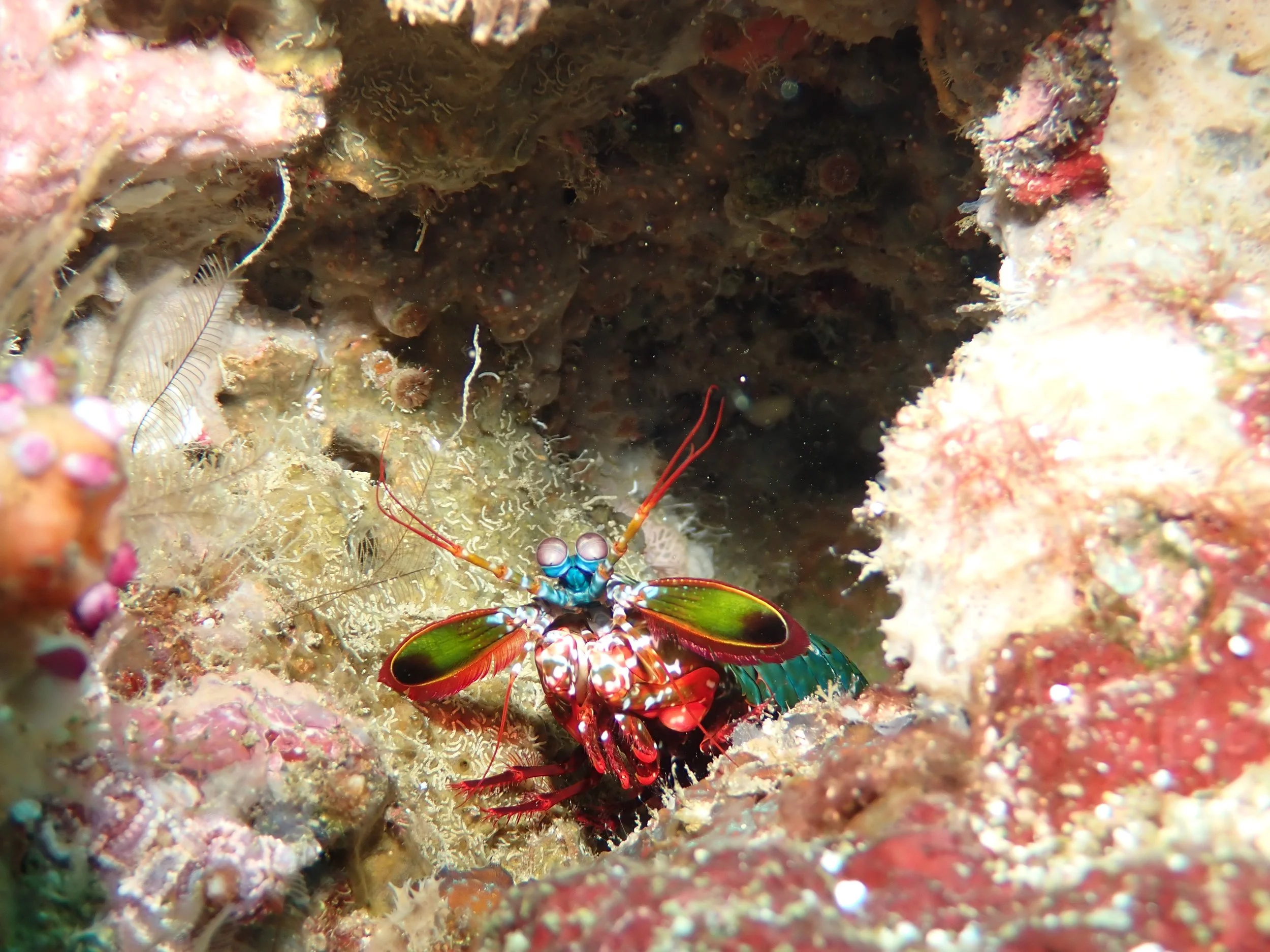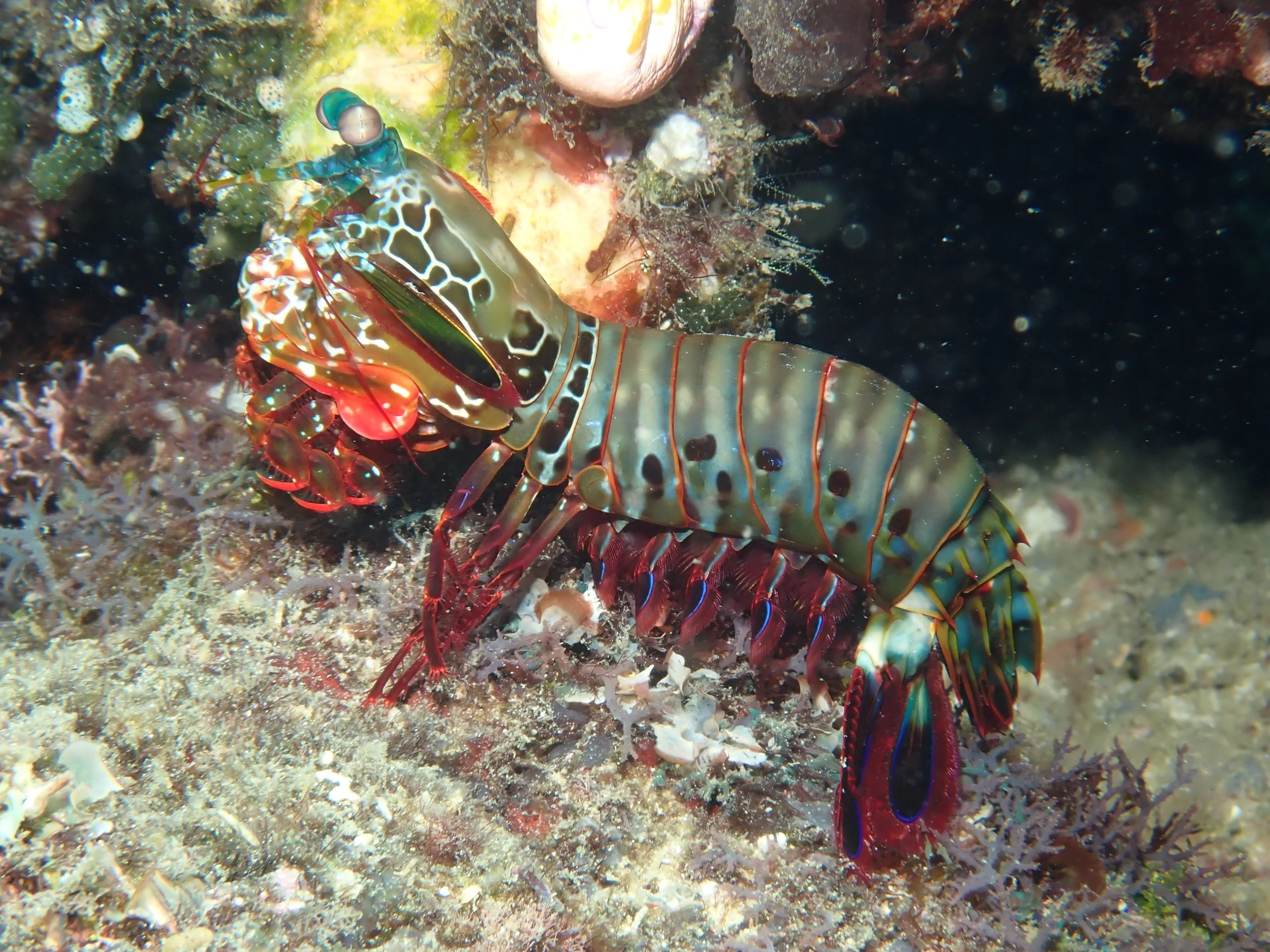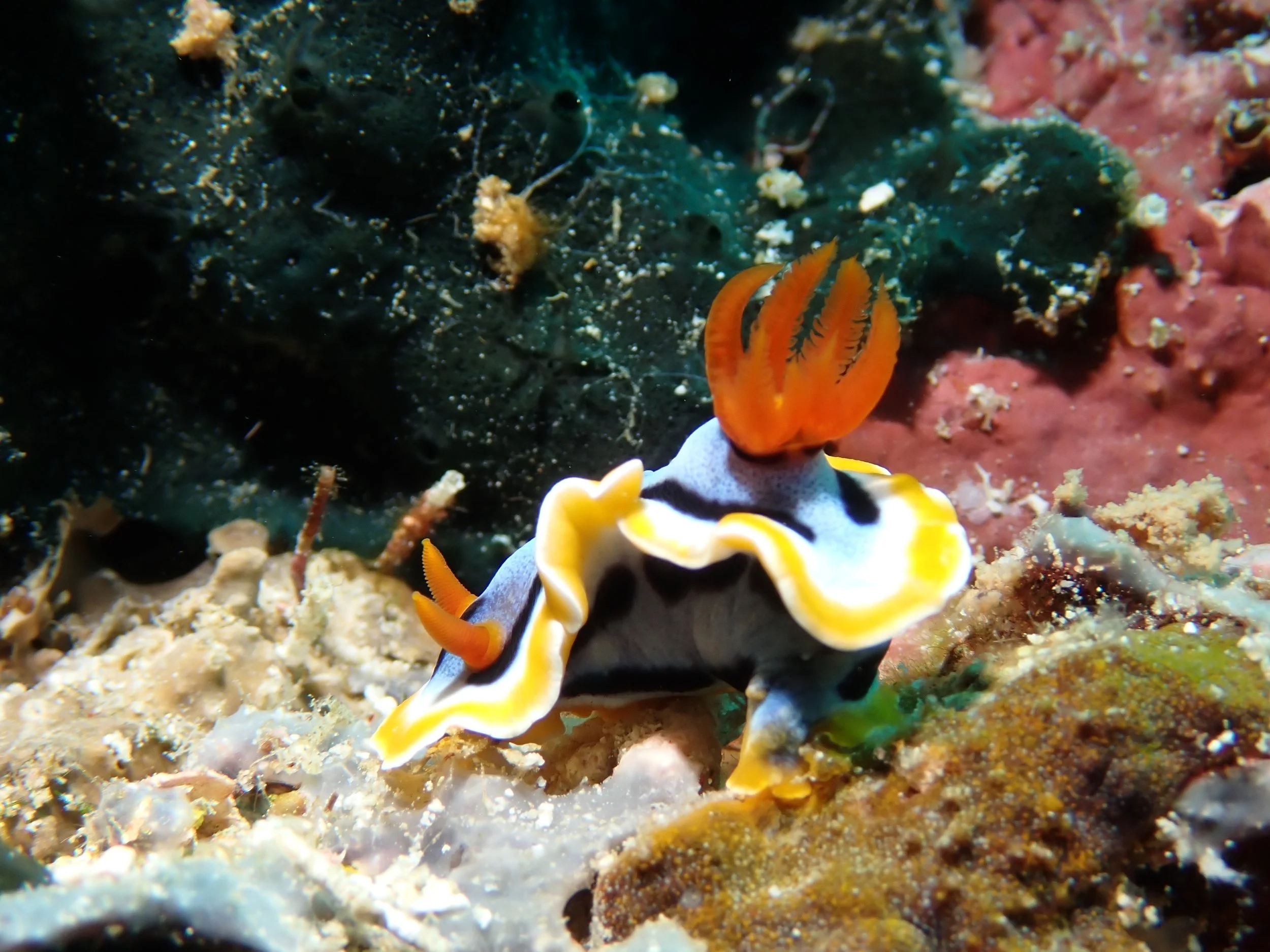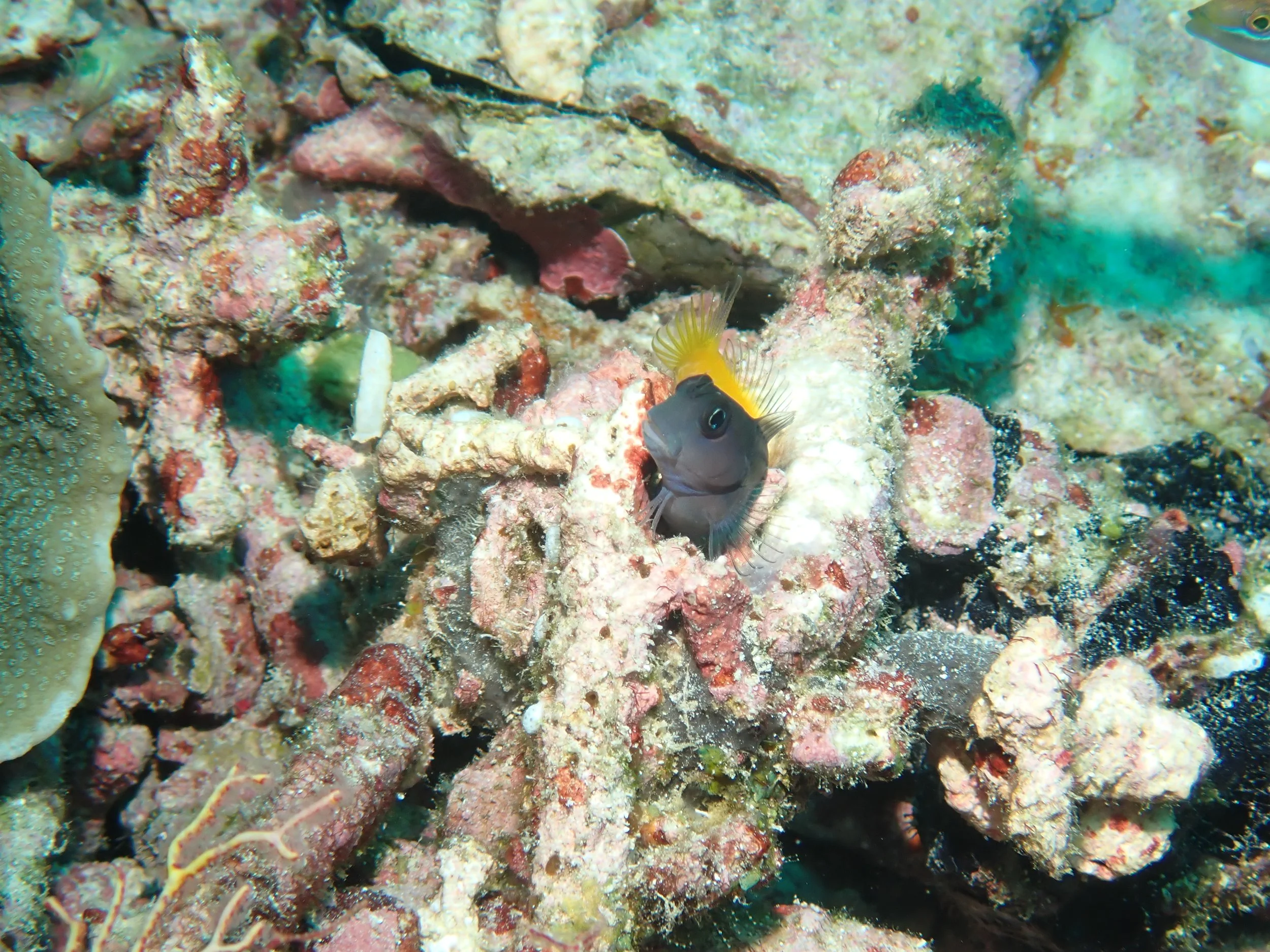Diving in West Papua, Indonesia (again)
As I’ve said many times, we hardly ever repeat destinations, but the diving in Raja Ampat Indonesia is frequently hailed as some of the best in the world (and in our dive experience, we agree). We had previously stayed at Kri Eco Resort and were quite impressed with their operation, so we made a repeat visit. It is located on the tiny island of Kri, north of Sorong on West Papua. It’s hard to try and get a realistic map here, so I’ll let you google those names if you’re so inclined. Basically, we were out on the farthest eastern reaches of Indonesia.
It’s very uncommon to see an anemone balled up like this, and it provided a gorgeous contrast to the white tentacles. White is also unusual to see, as most are greenish -
I truly loved the photos I was able to get with my new camera. It’s best at macro subjects (little critters up close), while Steve’s GoPro provided us with some stellar videos. I’ll try to not bore the large majority of you who aren’t divers, but I like to share the beauty underwater that keeps us diving. (I also just reviewed the blog I wrote 2 years ago from here, so I’ll try really hard not to repeat fish species.) This Fimbriated Eel was new to us, and had a very striking color -
On our last visit here, it was May, and we were able to see Reef Mantas at a cleaning station. Being here in Feb. this time allowed us to see Oceanic Mantas for the first time. Man, are they huge! First up is a video I shot, allowing me to zoom in and out, but I’m definitely not a smooth operator yet. This is a Reef Manta, showing its white shoulder patches. Its wingspan is 12-14 feet. [as I’ve noted in previous posts, you may need to click the link at the bottom of the post to open this in your browser, so you can see the video]
Next is the massive Oceanic Manta (with a 20+ ft wingspan), and Steve’s video was better than mine, in the murky conditions -
The Oceanic Manta has a black “T” on his shoulders and back. As it repeatedly passed over us, it felt like a bus was gliding overhead. So majestic!
Now, from the gigantic to the miniscule…Pygmy Seahorses were amazingly plentiful here, and included several different types. They range in size from 0.5 - 1 inch. Our guide was a master at finding them, and even when he’d hold his pointer right near them, I usually couldn’t see them, but just pointed my camera and let its autofocus do the magic. First, the out of focus picture that shows the silhouette…
(enlarge the picture and focus on the center area)
Now that you know where to look, hopefully you can see my favorite coy pose -
We didn’t know this creature came in such vibrant colors. The more common type (and that we’d seen before) is much harder to see on the sea fans that they mimic so perfectly -
In the picture above, find the tiny dark eye and slightly yellowish tail wrapped around the branch. There are actually 2 seahorses in that sea fan. The other has his back to the camera, and is at the 4 o’clock position to the upside down one. When they are slightly gray, they are slightly easier to see:
(hint - look in the center of the picture)
I just thought this Signal Goby was so cute as he hovered over the bottom, flashing his colors:
I’m pretty sure I showed a Mantis Shrimp before, but these Peacock fellas have such gorgeous coloration that I need to share again. Usually, they’re hiding in their holes, and this is “all” we see, but I’ll take that any day -
On a number of dives, we saw them out scurrying around, but this guy was proud and posing:
A pipefish is in the same family as seahorses, and you can see the resemblance in the snout, but that’s about where it ends. This Double-ended Pipefish was about 6-8 in long, and we saw him on a night dive -
The next video shows a Ringed Pipefish with his characteristic tail -
This is a beautiful Flatworm…
… and this is a Nudibranch, complete with 2 rhinophores to smell with, and the “naked gills” on the back that give them their name -
There are numerous types that come in all shapes, sizes and colors. That one above was about an inch or so long.
This last video shows the amazing density and variety of fish in Raja Ampat, which will keep us coming back for quite awhile -
See ya later!
Bicolor Blenny



